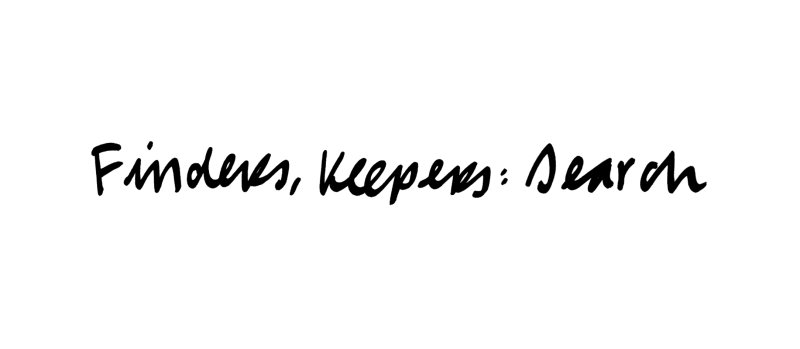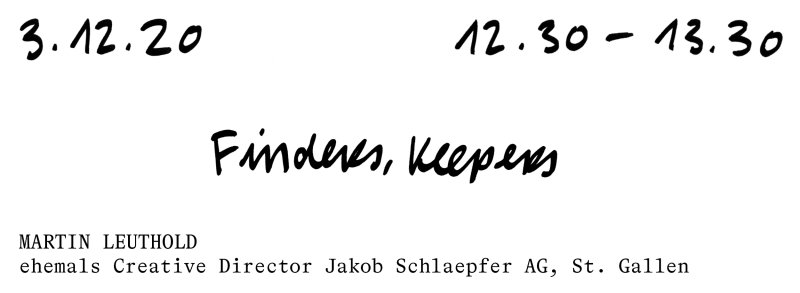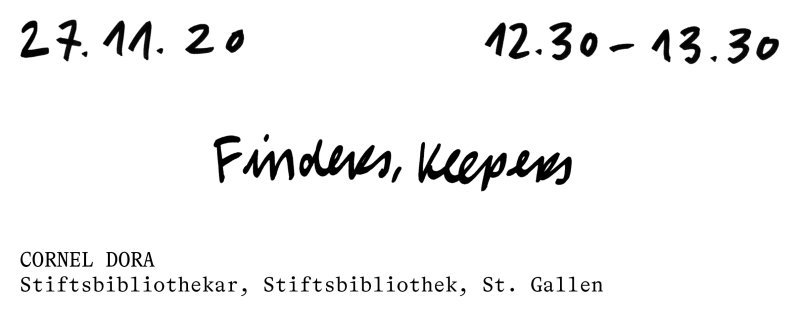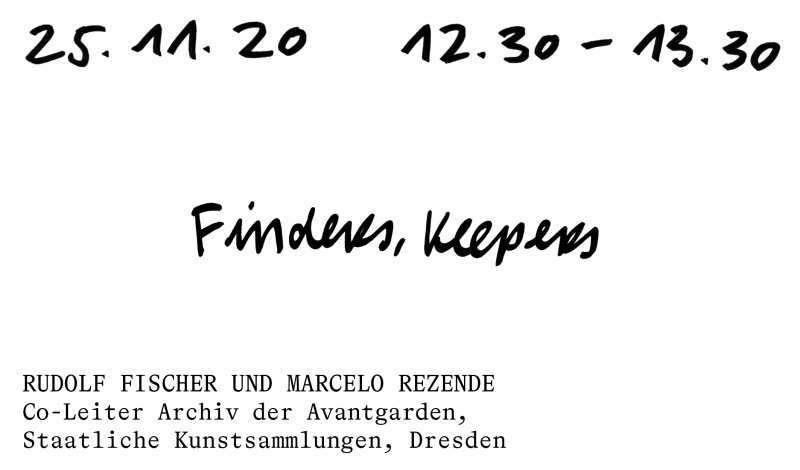Weiterbauen – Ausbau Kunstbibliothek/Werkstoffarchiv
Weiterbauen – Ausbau Kunstbibliothek/Werkstoffarchiv
Öffnungszeiten Weihnachten und Neujahr
Öffnungszeiten Weihnachten und Neujahr
Stiftung Sitterwerk
Sittertalstrasse 34
CH-9014 St.Gallen
+41 71 278 87 09 (MO–FR)
+41 71 278 87 08 (Sonntag)
post@sitterwerk.ch
Öffnungszeiten:
Montag bis Freitag, 9–17 Uhr
Sonntag, 14–18 Uhr
Samstag geschlossen
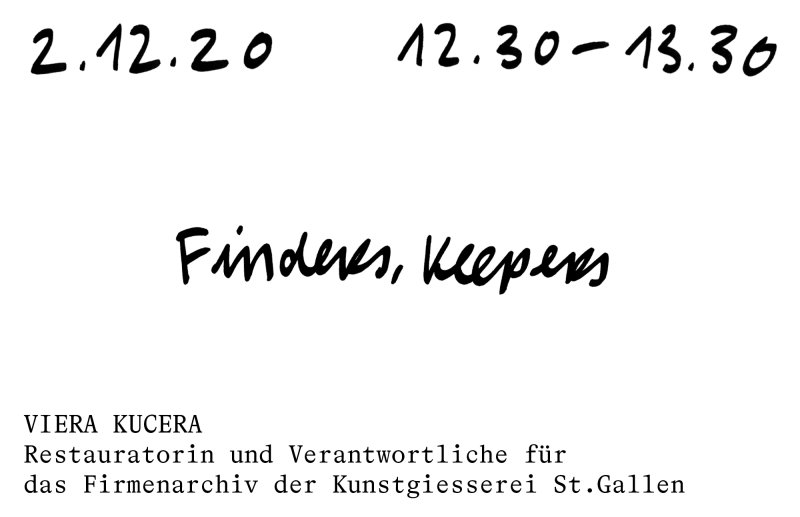
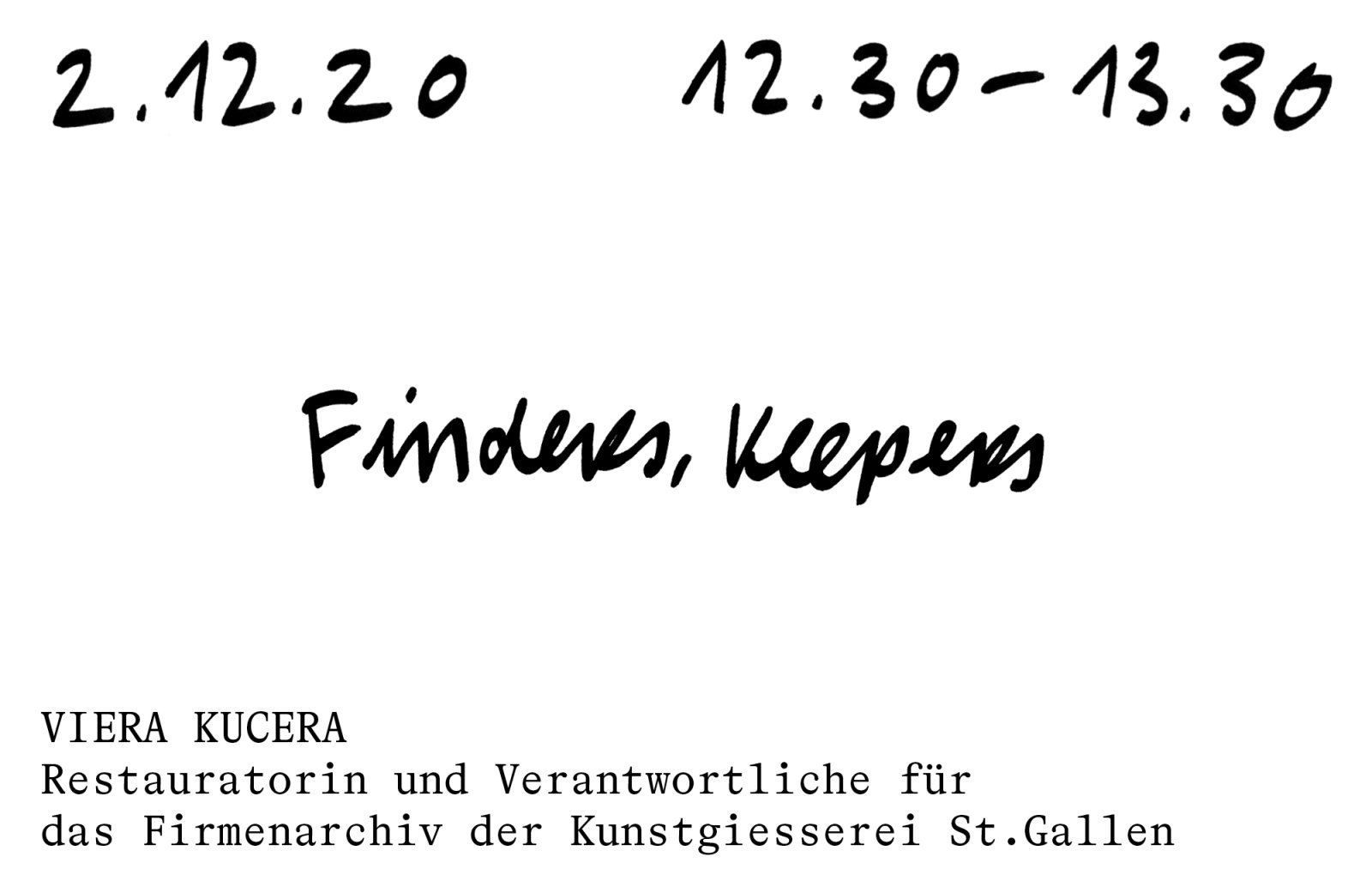
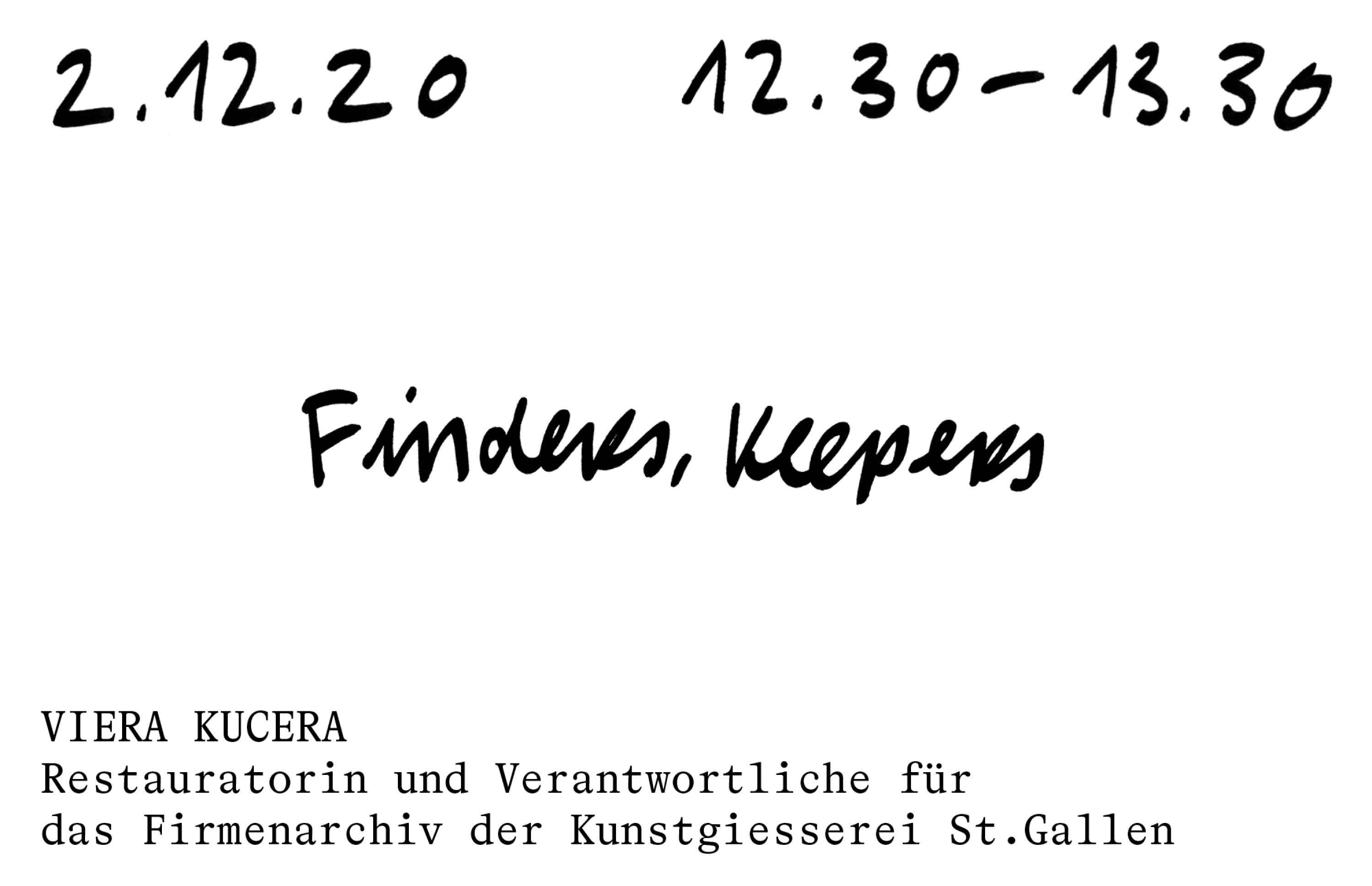
The conversation with Viera Kučera took place online on December 2, 2020. The event was originally envisioned within the framework of the two-day symposium “Finders Keepers” in October 2020, but had to be shifted to the virtual space due to the corona pandemic. We thank Viera Kučera, an employee of the Kunstgiesserei St. Gallen, for her flexibility and the fascinating exchange. You can find summaries of the other conversations also conducted in this format under the filter Finders Keepers.
We already conducted an interview with Viera Kučera, in the spring of 2020. The focus was on questions regarding the documenting and archiving of design and production processes and the research on new and old craft techniques that Viera Kučera requires for her work. We followed up on this conversation, which you can find in the Journal, and took a closer look at the company archive of the Kunstgiesserei St. Gallen, which Viera Kučera supervises in addition to her work as a restorer.
Archive of Production Samples of the Kunstgiesserei St. Gallen
Unlike public collections, private institutions have no aspiration to mediate the contents of their in-house archives to the public. Or do they? A company like the Kunstgiesserei St. Gallen with its unusual productions constantly collects valuable knowledge. After establishing the Kunstgiesserei in 1983, Felix Lehner already began collecting samples and materials that resulted from the first productions and thus accompany the production of artworks so that this knowledge could be retrieved at a later point in time. As Viera Kučera reports, the archive of production samples thus at first grew quite organically. With the increasing size of this collection, recording and documenting it systematically became necessary and employees began processing the history of these samples and thus assigning them to specific productions and production steps. This process made it clear that two collections were needed: one in which the samples are linked to the productions, and one that can be used by the public, which then led to the creation of the Sitterwerk Foundation’s Material Archive. You can find out more about this division of roles between the company archive and public collection in the essay A Memory of Materials: From Production to Documentation of Outdoor Painted Sculptures by Julia Lütolf and Peter von Bartheld.
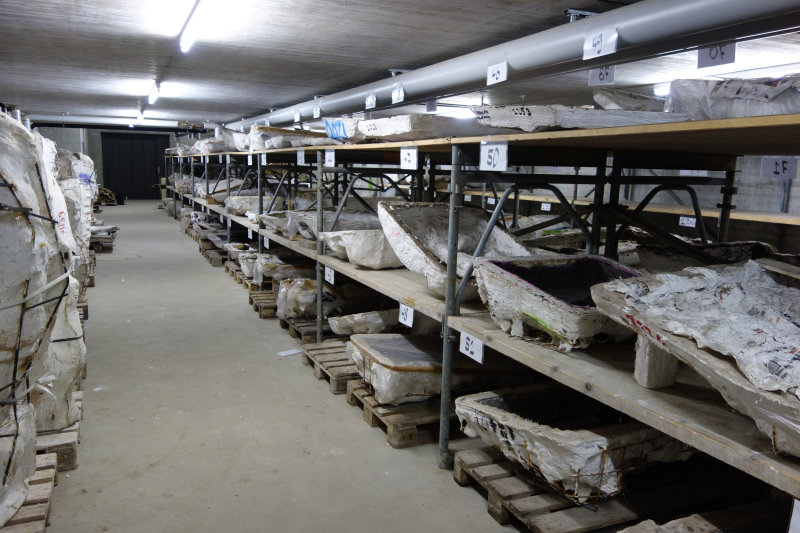
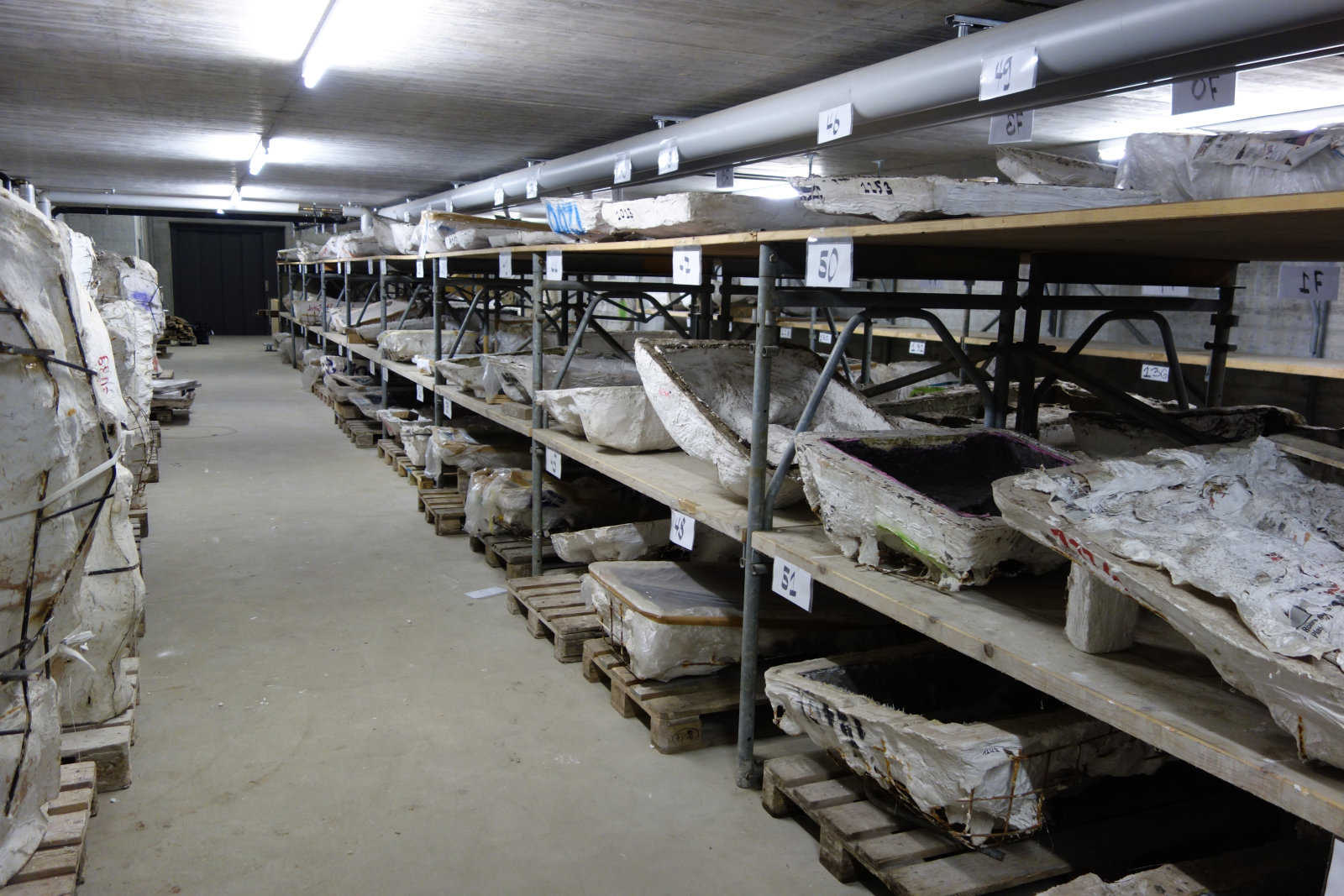
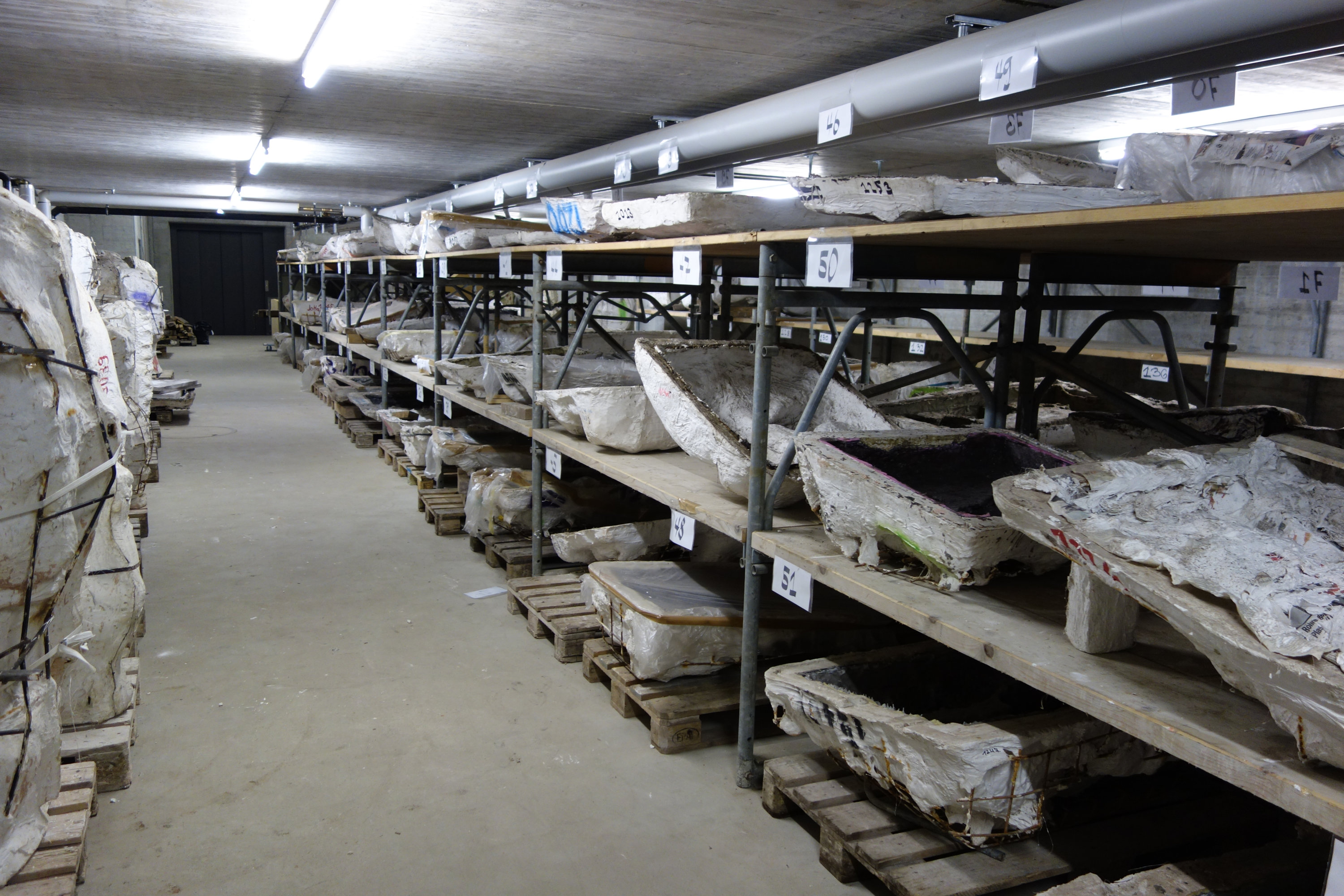
Storage and Use
How is the documentation of the production in the Kunstgiesserei dealt with today? What happens to the innumerable samples that are put aside while work is in progress? According to Viera Kučera, the samples are first photographed, then packed in boxes and labeled, and put in storage afterward. The boxes are then glued shut and rarely opened. Photos in the web-based image database are the primary means of accessing the samples and a substantial amount of information can thus already be communicated. The pictures are indexed accordingly and saved. As we realized during our conversation, these pictures have a quite aesthetic quality of their own. They are already beautiful in themselves, show diverse samples, and illustrate the wealth of material samples and intermediate steps required in the production process. Besides the samples, one also finds administrative documents, which are linked to the photos by means of keywords.
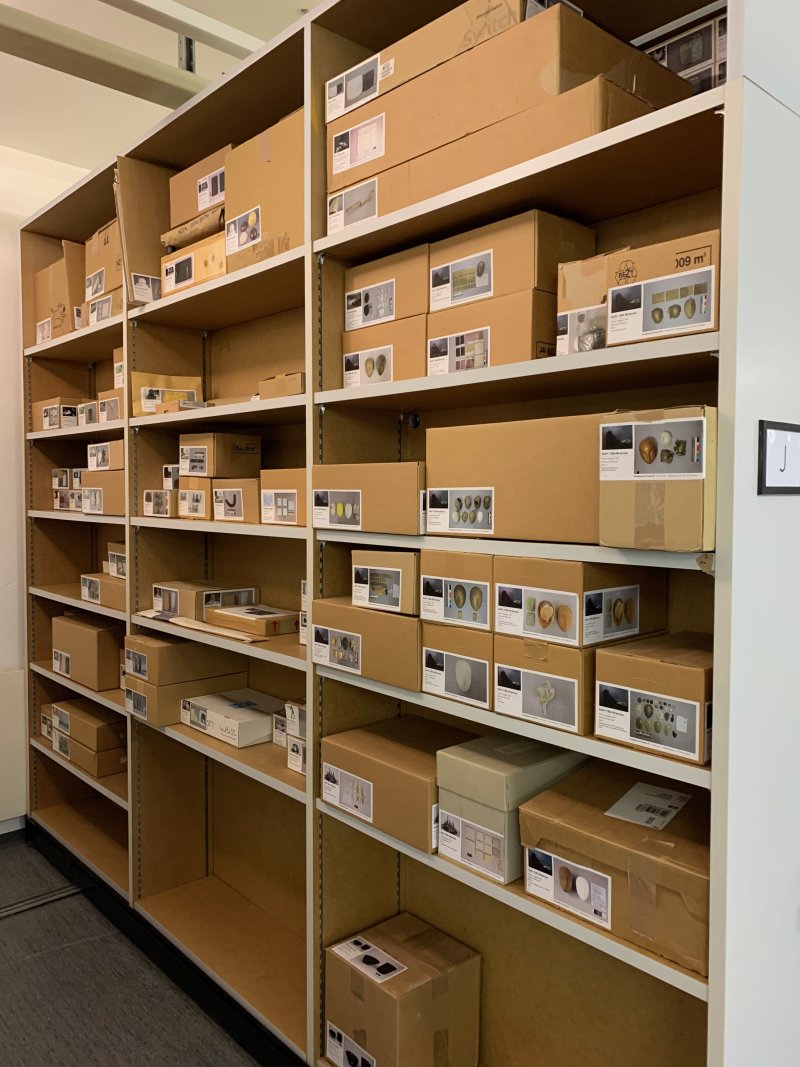

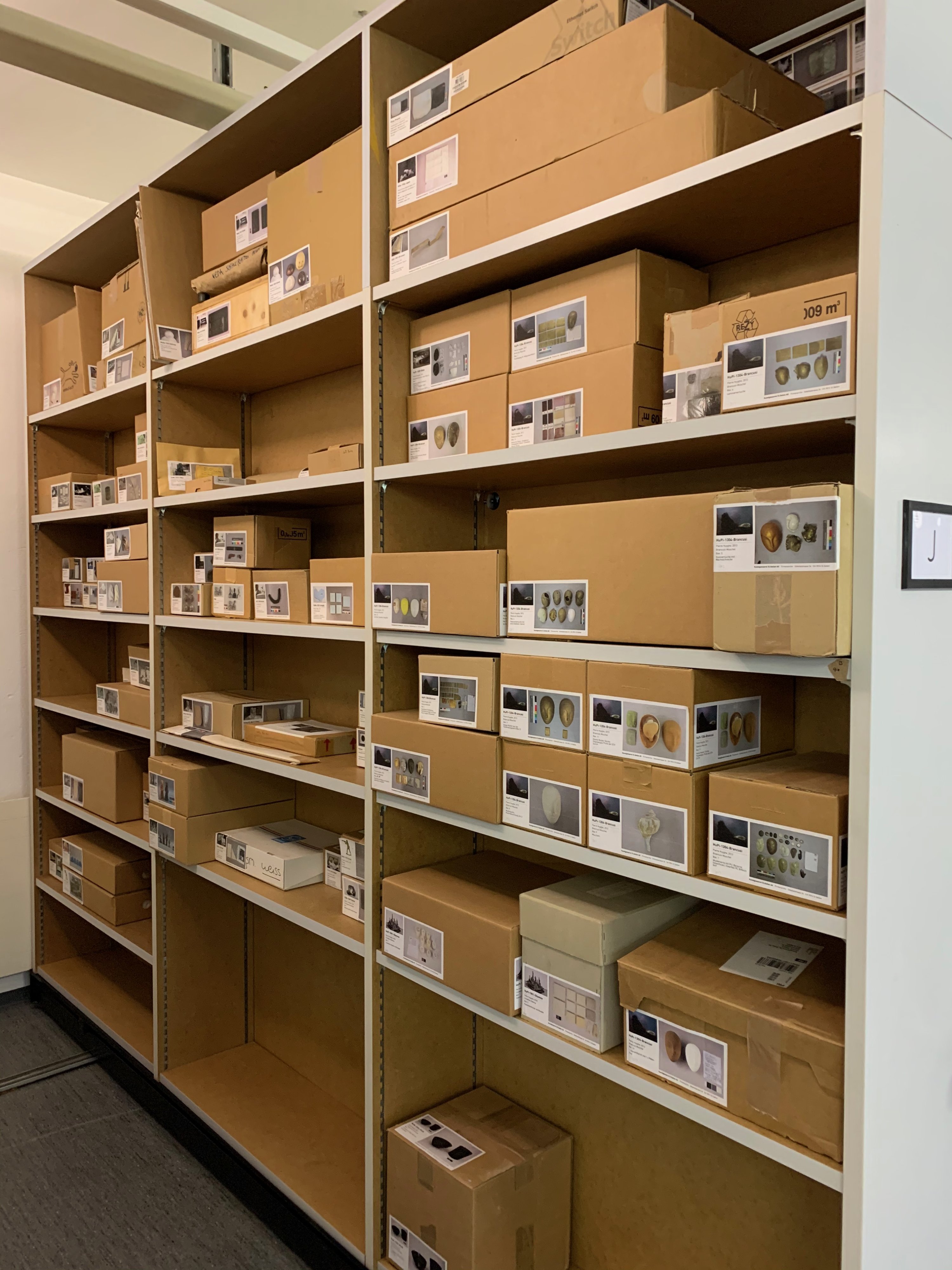
The database meanwhile includes over 15,000 pictures and documents and thus brings together production-specific data. The physical archive includes several hundred production samples and a storage space for negative molds is located in the cellar.
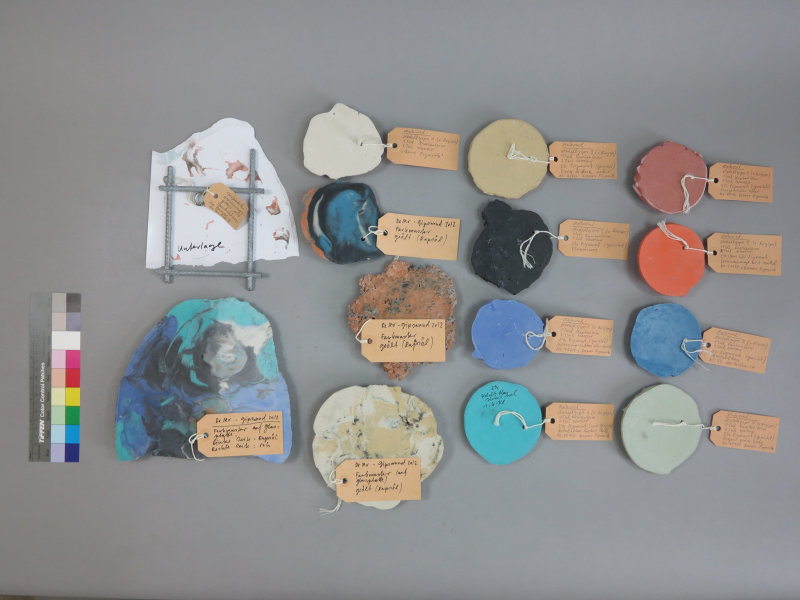
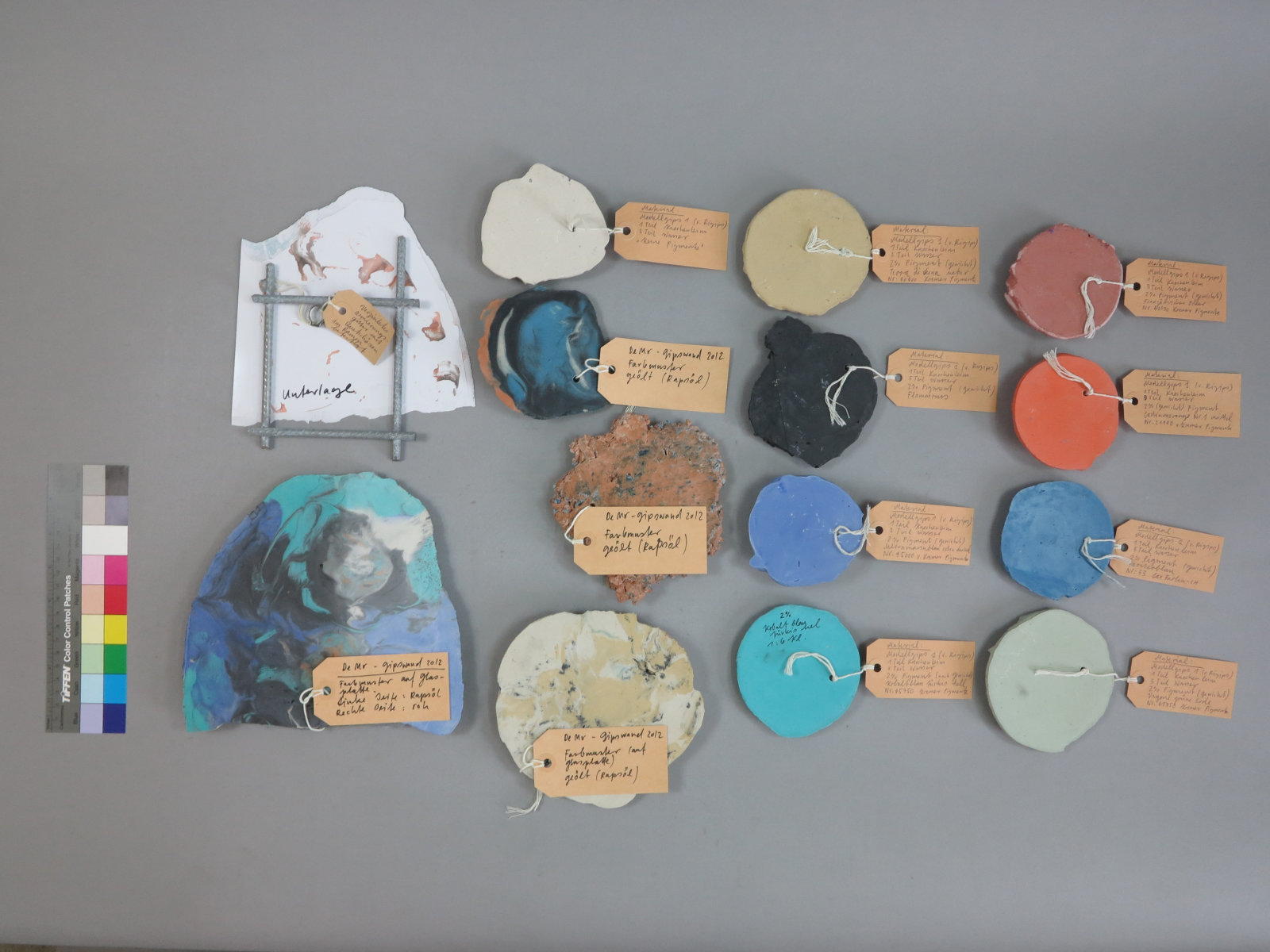
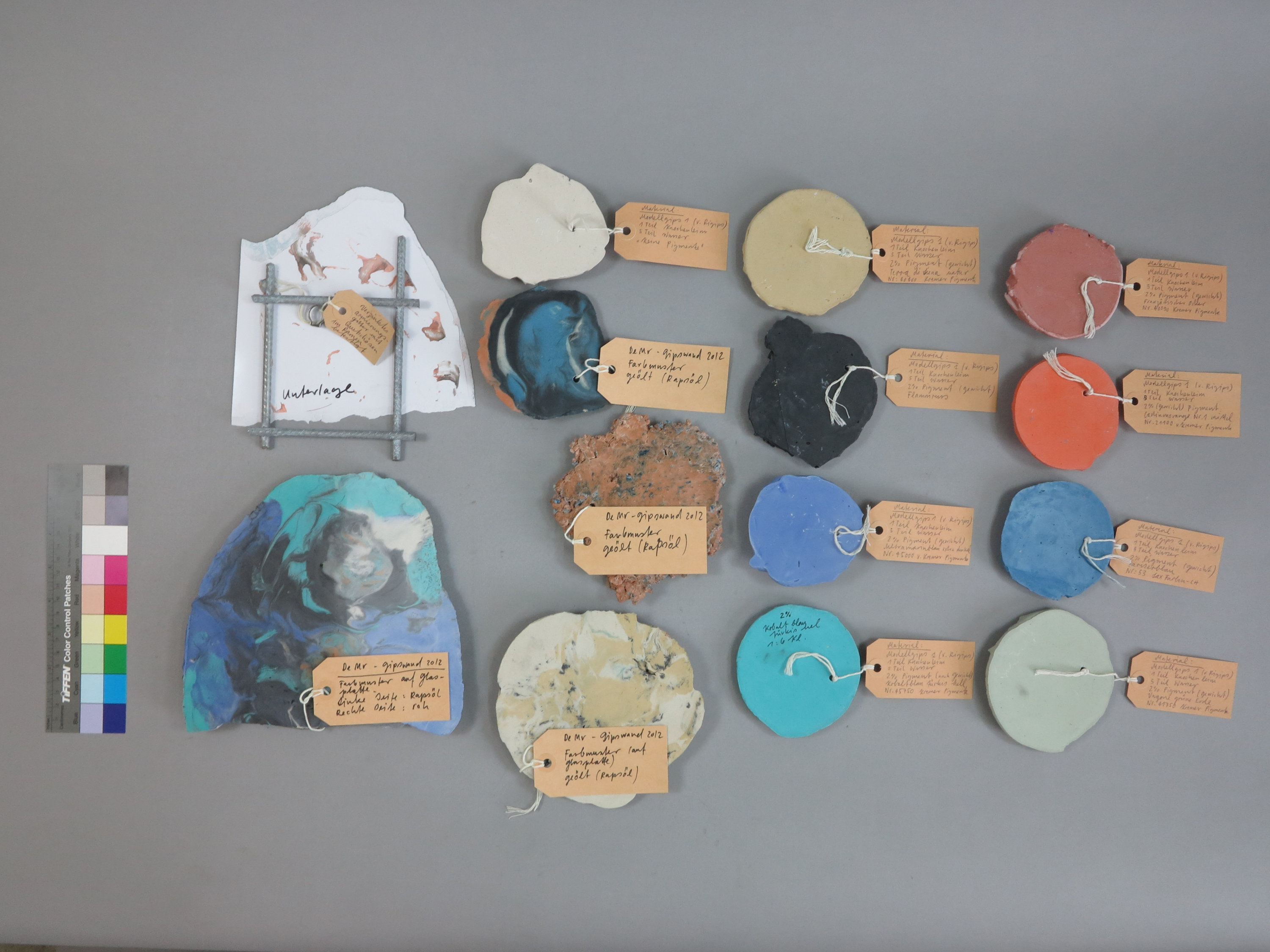
For the employees of the Kunstgiesserei, this system is valuable because they are able to quickly find the corresponding projects and information using the digital storage. The data generally suffices, so that the boxes with the physical samples and production steps only need to be opened in rare cases. New employees can also draw on this pool of knowledge and quickly familiarize themselves. The production box for Roman Signer’s Stiefelbrunnen (boot fountain), for instance, thus contains all the data for the production of the boot. There are many samples in the box, such as a piece of the laminated surface, the plaster positive, and even the original boot that Roman Signer used as his model. When the fountain needed to be restored, these samples were very valuable and enabled Viera, with all the information that had been collected, to quickly get a picture, and also gave her a good basis for restoring the work corresponding to the material and the intention of the artist.
Where Information Is Found
A certain amount of clarity and structure are important for finding one’s way around the archive. This also includes a consolidation of the basic information. Creating a balance in a box, which should not contain and endless number of samples that can barely be understood, and nevertheless enough samples to comprehend the production process, concerns the notorious ‘less is more.’ The employees of the Kunstgiesserei also had to first determine and learn this balance themselves: everything is not put in the boxes, but instead only as many things as are truly necessary.
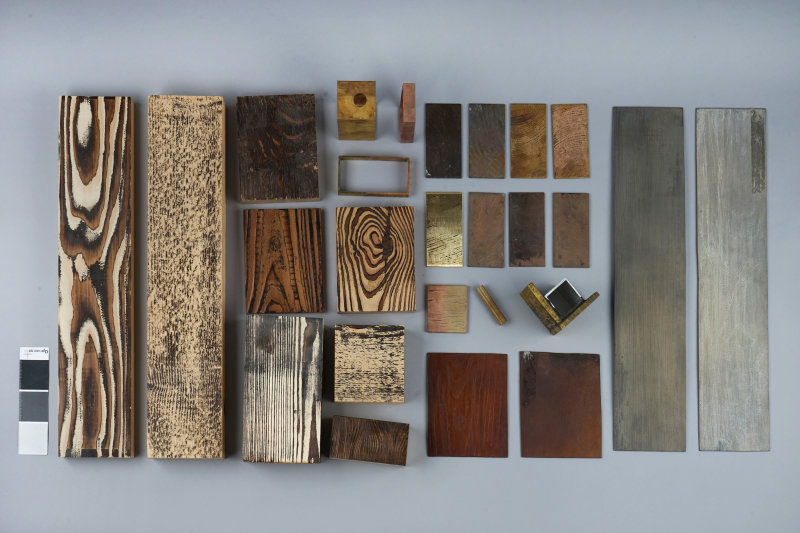
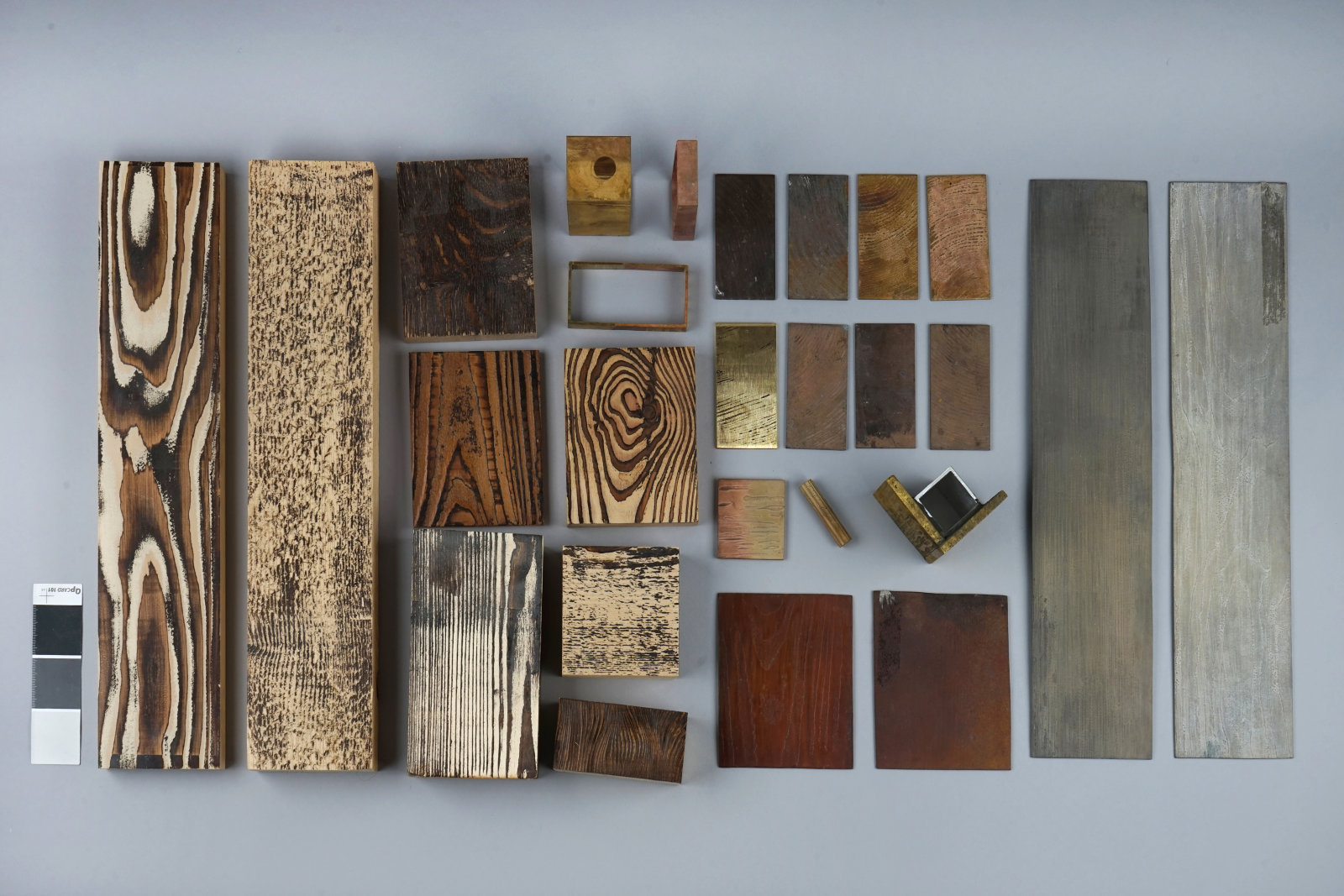
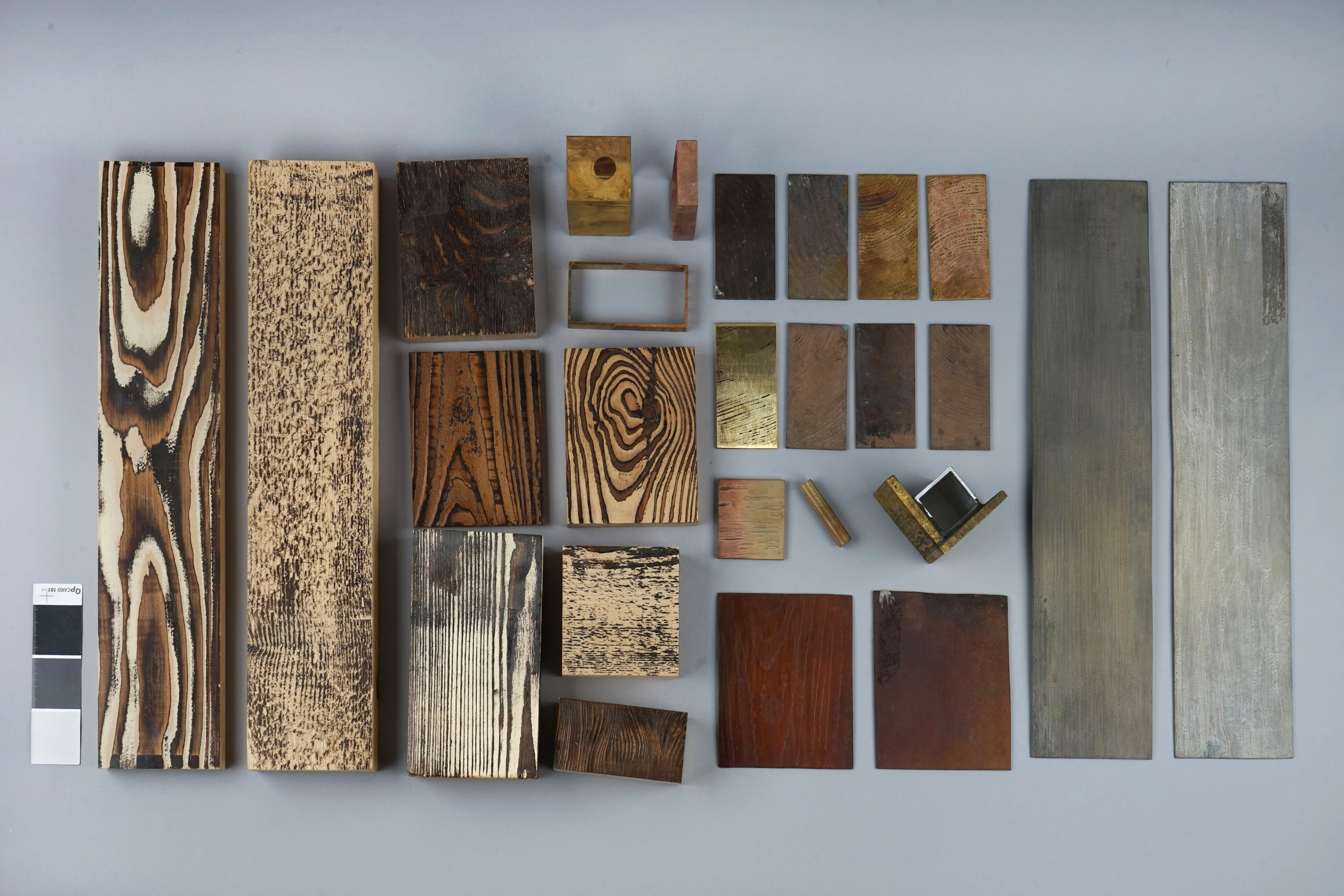
Less selectivity is exercised in the case of the pictures—an approach that has already frequently proven itself. “Poor” pictures are therefore apparently useful at times because they contain lots of secondary information. Such as the people who can be seen in the pictures and hence make it possible to reconstruct who worked on the project and who one can in turn ask for the information being sought relatively quickly.
The Value of Documentation
Storing its company archive does not necessarily make sense for the Kunstgiesserei from a monetary perspective. In most cases, clients do not pay for the documentation as an additional service. In the case of sculptures, it is assumed that they will have a long life and documentation is not even thought about at all. The artists or clients do not find it to be of primary importance at that moment. Artists are understandably also very sensitive and uncertain during the development process and some time and sensitivity is needed before meticulous documentation can be addressed. After a certain period of time, it is then also no longer a problem, in consultation with the artist, to make particular details accessible to the public in the Material Archive.
The documentation is undeniably valuable for the work process. Another example of this is shown in the case of damage to color coatings. While the materials often have the same name year at a later point in time, they are, however, perhaps no longer exactly the same materials, for instance, because cancer-causing substances have been removed from the formulation. If the formulation cannot be repeated, samples of solutions and materials that were not selected then suddenly also become important. With good documentation, these samples often provide information about why an artist chose specifically this sample, and about what other options were also available and what was rejected. If the documentation makes it possible to comprehend the decision-making process, this is extremely helpful for the further handling. This is an area that the Kunstgiesserei would like to augment in the future, since it is not possible to communicate the entire decision-making process and considerations behind the choice of a specific material or color based on merely one sample. Even the most wonderful archive does not suffice in such a case. And it became clear to us: this archive is about much more than a pure storage system: it’s about company culture, ideology, and knowledge of materials—about a diligently cultivated garden of information.
